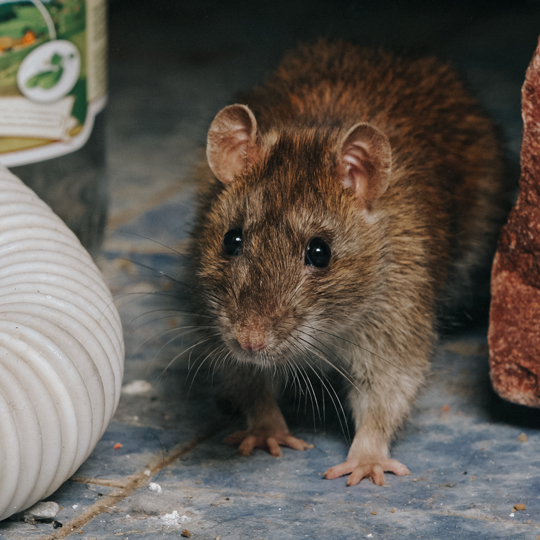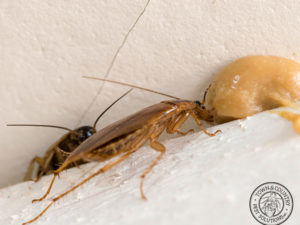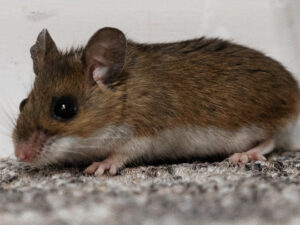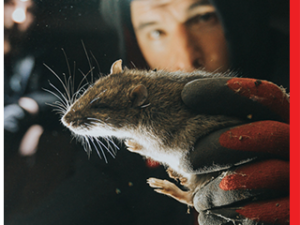
The roof rat and the Norway rat are the two most common rat species in home infestations, and while they are very similar, there are some differences in appearance and behavior. Let’s take a look at how you can tell these two rat species apart.
Size and appearance
Roof rats are also known as black rats, and Norway rats are also known as brown rats, so the best way to tell the difference between the two is by their colors. If you happen to spot a rat out in the open, and it’s black with a light underbelly, you are dealing with a roof rat. The two species are also differentiated by size, with the Norway rat being larger by two to four inches, at about 18 inches long.
Behavior
In terms of behavior, the two species are set apart by their areas of activity. Norway rats like to live close to the ground, where they build burrows and scavenge for nuts, grains, and insects. Roof rats like to live in elevated areas such as trees or at the top of bushes. Here, they eat fruits, nuts, bird eggs, and insects. In the home, the roof rat will naturally seek to nest up in the attic, while the Norway rat will settle downstairs.
Dangers
Both species pose the same threats when they infest a building. They will both chew away at insulation and electrical wiring, and they both carry dozens of diseases. Norway rats are however much more common in home infestations across the US, so you could say that they are more dangerous simply because they are more prevalent.
Control
When it comes to control, the only difference between these species is their area of activity. Since roof rats infest the attic, traps and poisons have to be placed in the upper areas of the home. Similarly, since Norway rats are mostly active on the lower levels of a building, they have to be targeted on those floors.
In terms of the traps and poisons that are effective against them, there is no difference, even though Norway rats are slightly larger. If you hire a pest control pro, he will be able to tell which species is in the home by identifying the areas where the rats are most active. If you would like to know more about these rats, or if you have a rat infestation in the home, contact us today.












